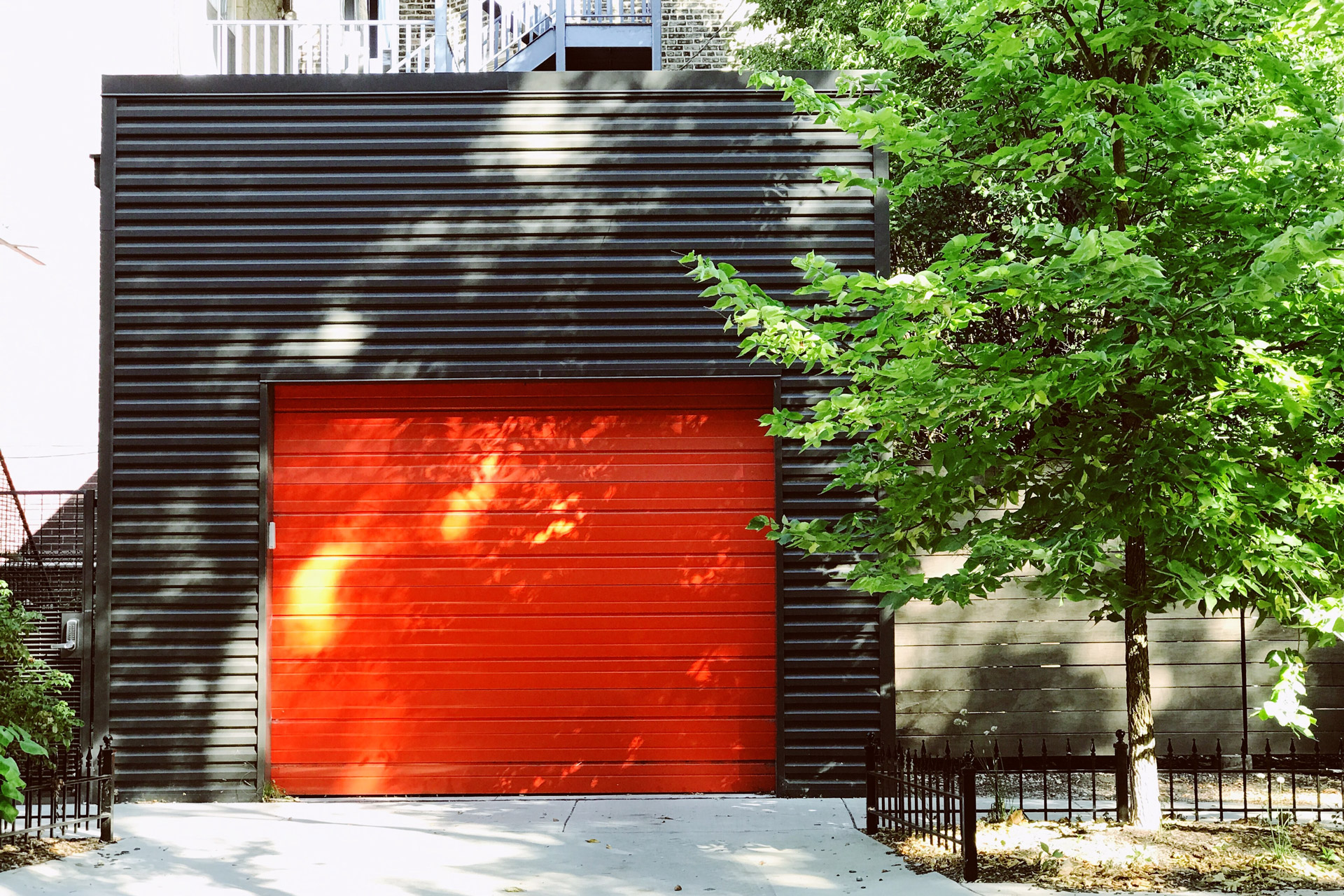By locking in as much of the heat as possible, we can reduce the heating costs
We need to use less electricity. This leads to a situation where many need to cut down on electricity consumption but still want to keep the heat in the home. By locking in as much of the heat as possible, we can reduce the need for heating, and then we cut down on electricity consumption. How do you ensure that the heat does not seep out unnecessarily and what other simple tips are there when it comes to reducing energy consumption?
1. Review the sealing of doors and windows and try to seal unplanned drafts.
By sealing windows and doors, you can save a lot of energy. The goal does not have to be to get everything tight to 100%, but just by reducing the energy drain by 20% you can experience a big difference in the electricity bill.
According to calculations in the energy measurement program IDA ICE, you can save close to 1000 kWh per year by sealing cavities corresponding to the width of two fingers in a winterized garage. Focus on the list below:
- Lists
- Frames between window/door and wall (drive)
- Hanging by adjusting the hinges
2. Don’t fall into the u-value trap.
It is easy to stare blindly at a low u-value, but be sure to check what the u-value shows. Is it a fitted door in the garage or just the u-value of the individual panel. Which u-value a gate has also depends on how big the gate is.
There are different ways to measure u-value. In the garage door industry, some suppliers choose to only report the u-value of the panel, but what is interesting is the actual value of the installed door, including moldings and rails. If you are to compare the u-value of different ports, they must be the same size, otherwise you will be comparing apples and pears.
A completely newly installed door is as tight as possible, but in order for it to become and remain tight, the installation of the garage door must be done well. A poor installation can cause the port to shift over time. Gaps can then arise between the door and the door frame, which leads to an increased inflow of cold air and heat leakage.
3. Choose a garage door with good adjustment options and good moldings to get a tight door that keeps the heat in the garage.
The secret lies in soft, compliant moldings. At first glance, a hard list can give a more “substantial impression”. But my tip is to look out for soft high, preferably double, strips that are extra flexible and block out wind and cold.
A door that can be adjusted in the door hole is crucial for whether the garage door will be able to seal the door hole as expected. There is a big difference in the amount of adjustment between different door products, I personally think that the doors from Ryterna’s middle and top segment are the ones that offer the greatest opportunity to adapt the door to the door opening, but there is no door that can seal a very slanted door opening.
Also read: Gas heaters vs electric heater – that’s how you choose the right one!
4. Take care of your gate and service it regularly.
A completely newly installed port is as tight as possible. As time goes by, the various parts of the gate age and wear.
Just like a car needs servicing and a chimney needs maintenance, we have to take care of the garage door if it is to last without escaping or leaking heat for the 20-30 years we know the construction has potential for. A gate must be serviced with a 1-2-3 service twice a year (the service can be carried out yourself or with help from an expert). After three years, it is possible to carry out a major service in order to be able to extend the deductible for another two years free of charge. After 6-10 years, the strips that can be replaced should be replaced to maintain the tightness of the door.

5. Select motor closing on your overhead sliding door.
There will be a clear difference between pulling down and pushing down the garage door panels when closing the door. A motor closure pushes the gate and it is set in a latch, which seals the gate in a better way.
Don’t go overboard in your eagerness to seal the indoor environment
6. Check the ventilation in the garage
Our garages must have ventilation otherwise they will suffer from moisture and mold damage.
Sometimes homeowners go overboard in their eagerness to seal the indoor environment of the garage. The building is not doing well. In the search for tighter doors, windows and garage doors, we risk creating such a tight space that moisture cannot find its way out of the garage. Check that you have at least two open valves with different locations in the garage.
Fix what is broken and reduce the heating costs of the garage
7. Replace what is faulty.
No matter how much we seal with mouldings, screw hinges and service rails, a crooked porthole or a door that has failed will continue to leak heat and act as an energy thief. Invest in products with better insulation and sealing that have the potential to last over time. A lot has happened in the last 10 years. Many new gates and doors are better adapted to our Nordic climate with better sealing strips and insulation. It will be an investment that is good for both the environment, the indoor climate and the wallet for many years to come.
References: https://www.ofgem.gov.uk/
